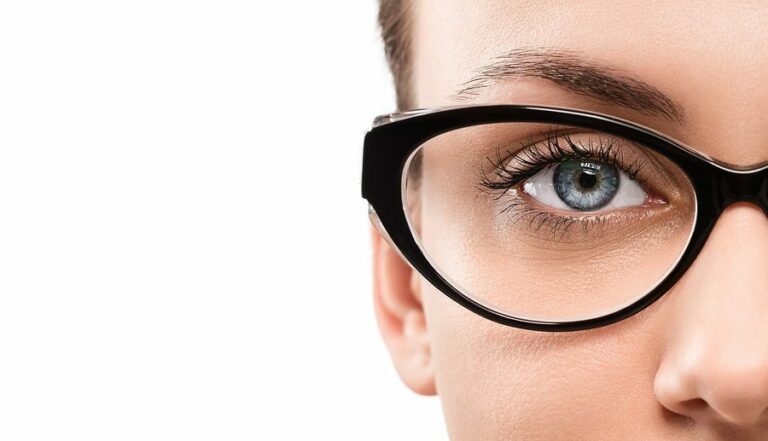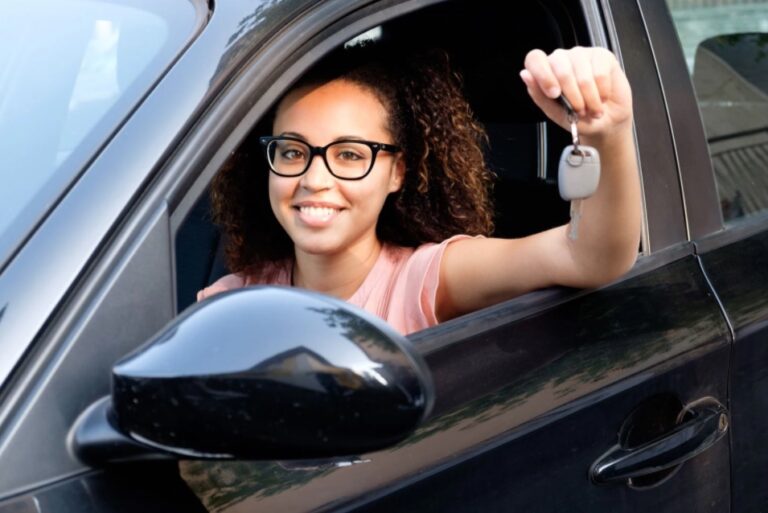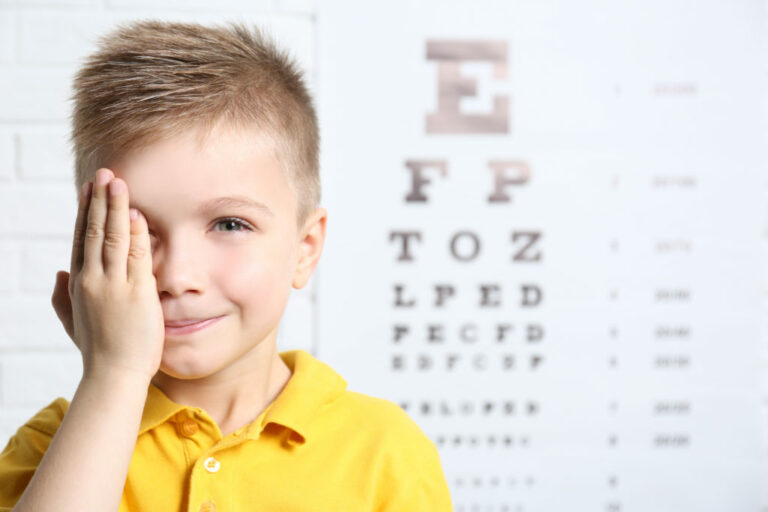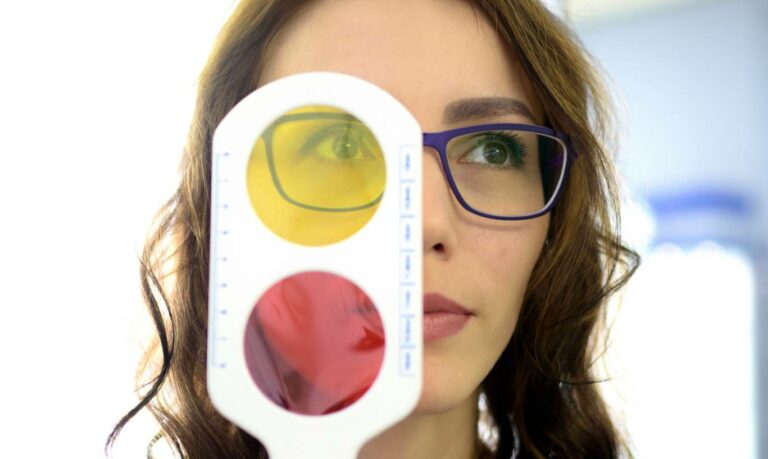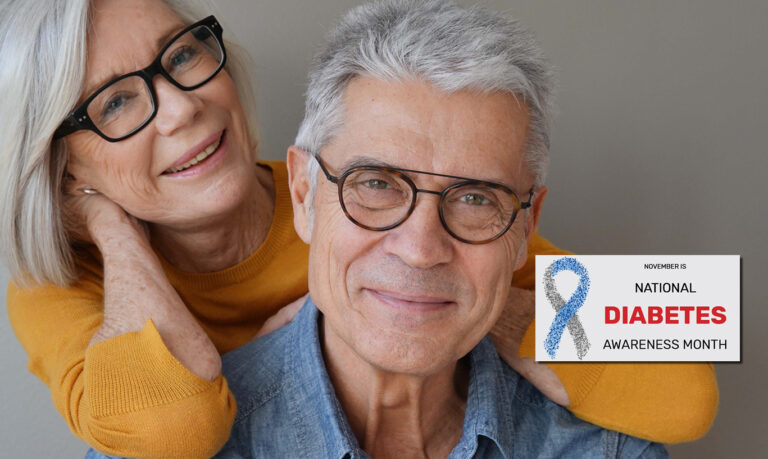Last month, USA Today put out an article called “No Need to Live in a Cave: Sun Protection Tips, From Head to Toe.” The article stresses the importance of full coverage from the sun, and the commonplaces of skin cancer. It is not surprising that the article quoted the American Optometric Association (AOA) about how sunglasses “should block 99% to 100% of UVA and UVB rays and 75% to 90% of visible light.” That’s a lot of protection!
Dr. Christopher Quinn, board member of the AOA, added to the article, “We tend to lather kids up with sunscreen and then send them out with no protection for their eyes.” When you see kids on the beach in the summer, or in the pool or lake, you usually see parents with wide brim hats, full sunscreen, and sunglasses lathering up their children before sending them off to play. But very rarely do you find the children wearing sunglasses. Even less common are the odds that the sunglasses a child is wearing offer the 99%-100% UV protection the AOA recommends. Next time you bring your child in for a check-up, consider buying them a good pair of sunglasses!
What to Look for in Kids’ Sunglasses
- What does your child do for fun? Thinking about how your child will spend their time in their new sunglasses will help you decide what kind to get. Does your child play sports like baseball? Will the sunglasses need to be worn under protective glasses? Do you and your family go hiking often? You can narrow down what fit and style of sunglasses your child needs by answering some of those lifestyle questions.
- Would prescription sunglasses be a good choice? If you have a teen who is learning to drive, it might be worth investing in prescription sunglasses. Or perhaps your child’s vision is very poor without glasses, and contacts are not an option. Prescription sunglasses are a great alternative.
What About Me?
- Moms and Dads need sunglasses too, and as you get older you may become more aware of that need. The tender skin around the eyes is very prone to damage. Early signs of wrinkles (i.e. “crows feet”) could mean permanent sun damage has already occurred. Wearing sunglasses with large lenses or frames can help protect that area.
- Without the recommended UV protection, sunglasses don’t do a whole lot of good. That means your favorite pair from the local gas station probably aren’t helping to protect your eyes from damaging UV rays.
How Bad Could it Be?
- If you refuse to wear sunglasses with prolonged exposure, the long-term repercussions could be bad. Your eyes can actually get sunburned when exposed to the sun. This is common with skiers and is usually referred to as “snow blindness.” In the long run, you have a higher risk of developing cataracts and macular degeneration, both major contributors to vision loss. Failure to protect the skin around the eyes can also lead to discoloration and skin cancer.
Give your family the proper eye protection they need from the sun and avoid harmful long term health risks. Check out the great selection of sunglasses at Vision First to help you look and feel your best!

